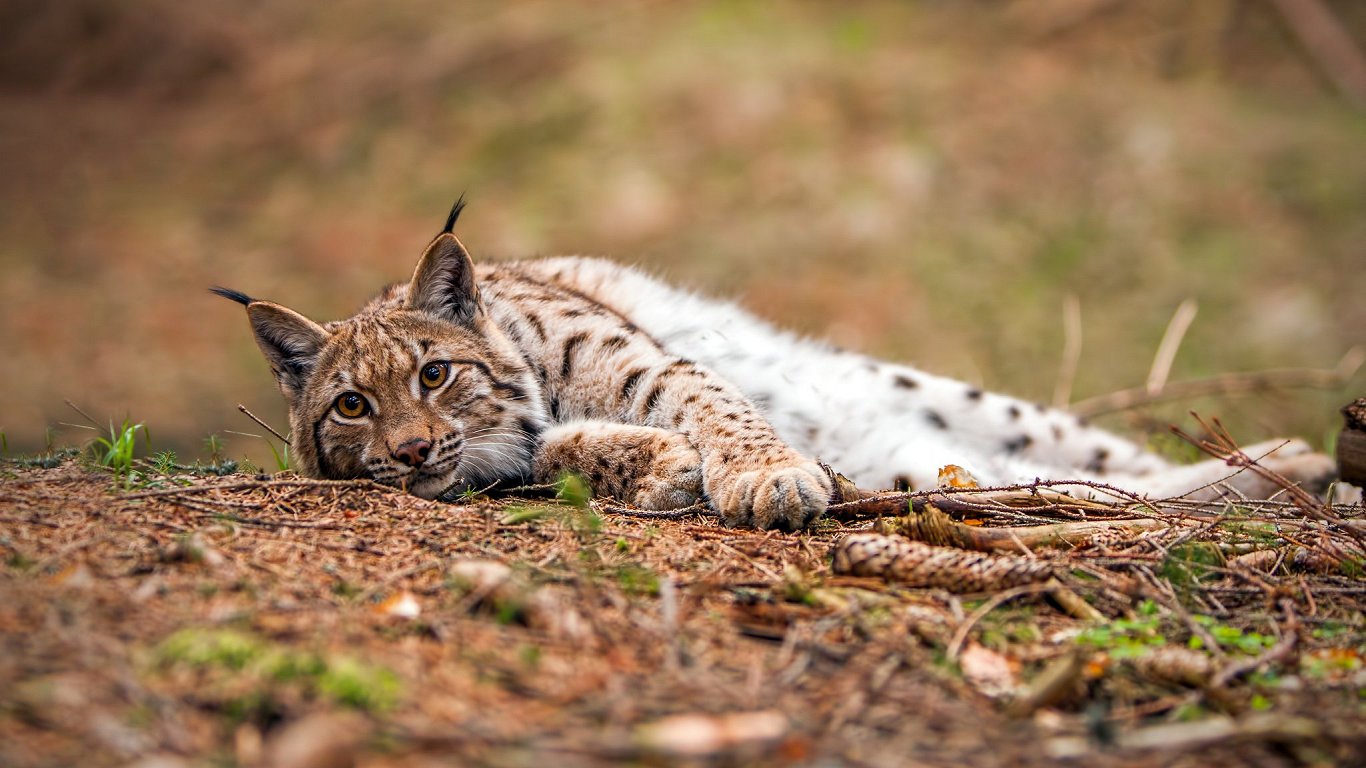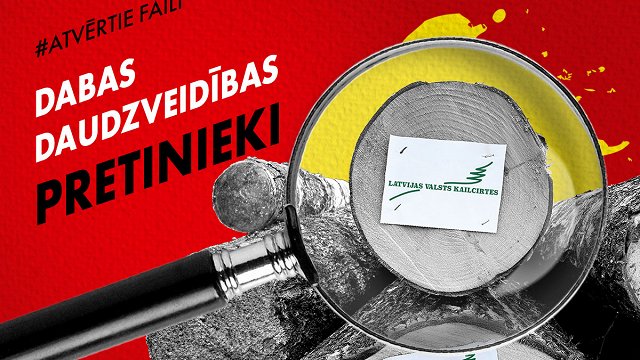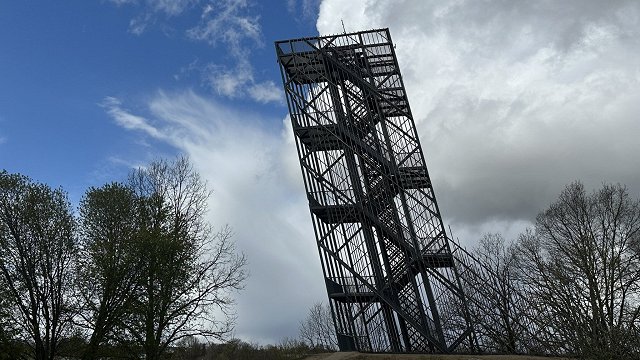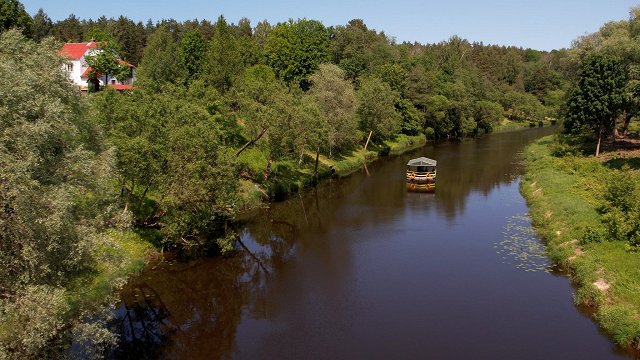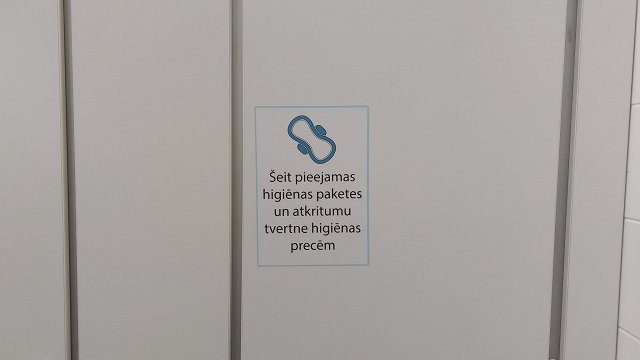Of the 23 European Union (EU) Member States home to the lynx, only three allow hunting, Latvia, Finland, and Sweden. In Latvia, the lynx hunting limit significantly exceeds the limits set in both other countries - within the maximum allowable limit of 20% of the population. The VK draws attention to the fact that the State Forest Service (VMD) is deciding on the hunting opportunities for lynx in Latvia, not the Nature Conservation Agency (DAP), which is responsible for protecting species.
The VK explained that the European Commission Habitats Directive prohibits the hunting of lynx, providing only for certain exceptional cases, including where hunting does not harm the conservation of the population. The exception is allowed if Latvia is able to demonstrate that the number of animals is sufficient and does not decrease. Therefore, reliable data is important in this aspect.
However, statistics, according to the VK, are surprising – for example, according to VMD data in Latvia in 2018 after the hunting season there were 1578 lynx, according to the expert's assessment, the number of lynx in Latvia was nearly three times lower (450-650), while the special monitoring data of the Latvian State Forest Research Institute "Silava" showed eight times fewer lynx (190).
The auditors concluded that the official population assessment of large predators carried out by VMD was determined “historically”, based on data from previous years, not traceable and verifiable.
“Unfortunately, once again, the fact that there is a mess in the data in our country will be confirmed, and this leaves room for interpretation and manipulation. In this case, a question is rightly raised: how is the self-regulating lynx population in Latvia so different from other European countries, including neighboring countries, that we can afford to hunt these animals to such a large extent?" said the State Auditor Elita Krumina.
Management of cloven-hoofed animals directly affects several groups of society – hunters, forest owners, farmers, road users. Hunting is one of the most effective instruments for the management of game species, but this instrument must be handled in a reasonable and fair manner.
The VK concluded that the assessment of the VMD showed an increase in the number of cloven-hoofed animals each year, allowing increase in the annual hunting limits for cloven-hoofed animals. Consequently, the damage caused by cloven-hoofed animals should be reduced. However, the audit concludes the opposite: data show that forest and agricultural damage continues to grow every year.
The VK also concluded that the national hunting reporting system does not guarantee reliable information on the number of animals killed, since it allows hunters to indicate any number of animals hunted in the VMD reports, to maintain the hunting limit for next season and not receive rebukes from forest owners and farmers. In addition, it does not adequately monitor whether forest owners and farmers on their part take protective measures against potential damage, as provided for by the Hunting Act, and which could avoid the need to constantly raise hunting limits.
The audit observed a slow and reluctant approach by the Ministry of Agriculture to ensure that, through modern information technologies, VMD can carry out hunting monitoring more effectively.
State Audit Office has issued 13 recommendations in the audit and expects to amend the regulatory framework to ensure that the conditions laid down in the EC Habitats Directive are evaluated, thereby ensuring that the lynx population is maintained, that methods for assessing animal numbers will be improved and reliable data on the state of the species are generated; that a common approach to objective hunting will be ensured by the VMD'; and that the setting of the limits and the proper monitoring of hunting will be carried out.
